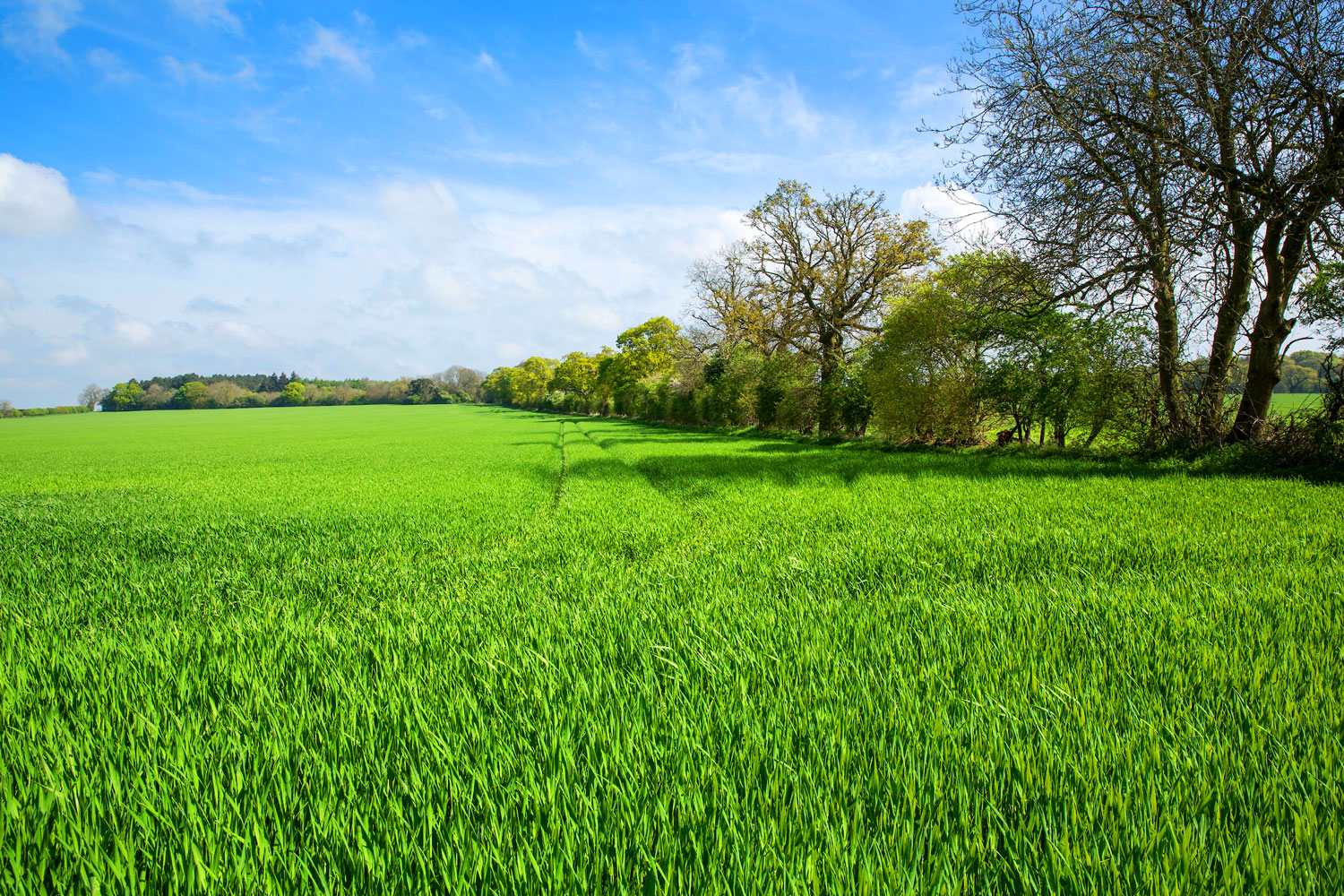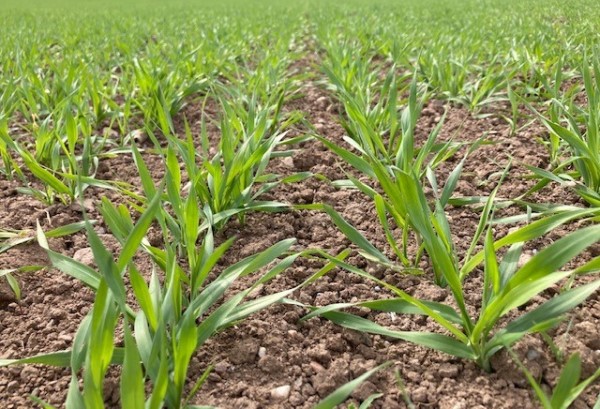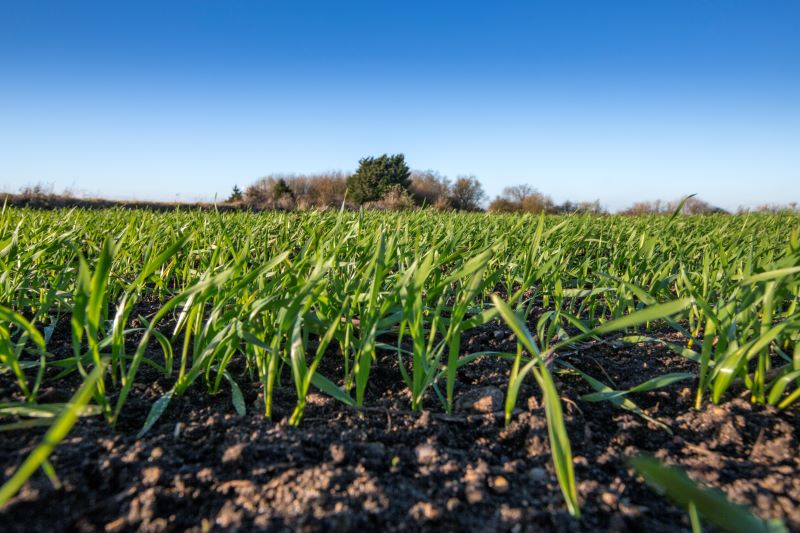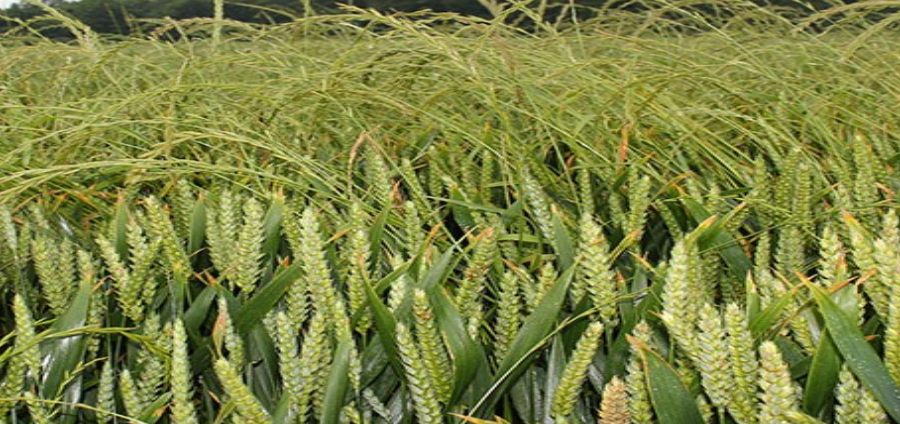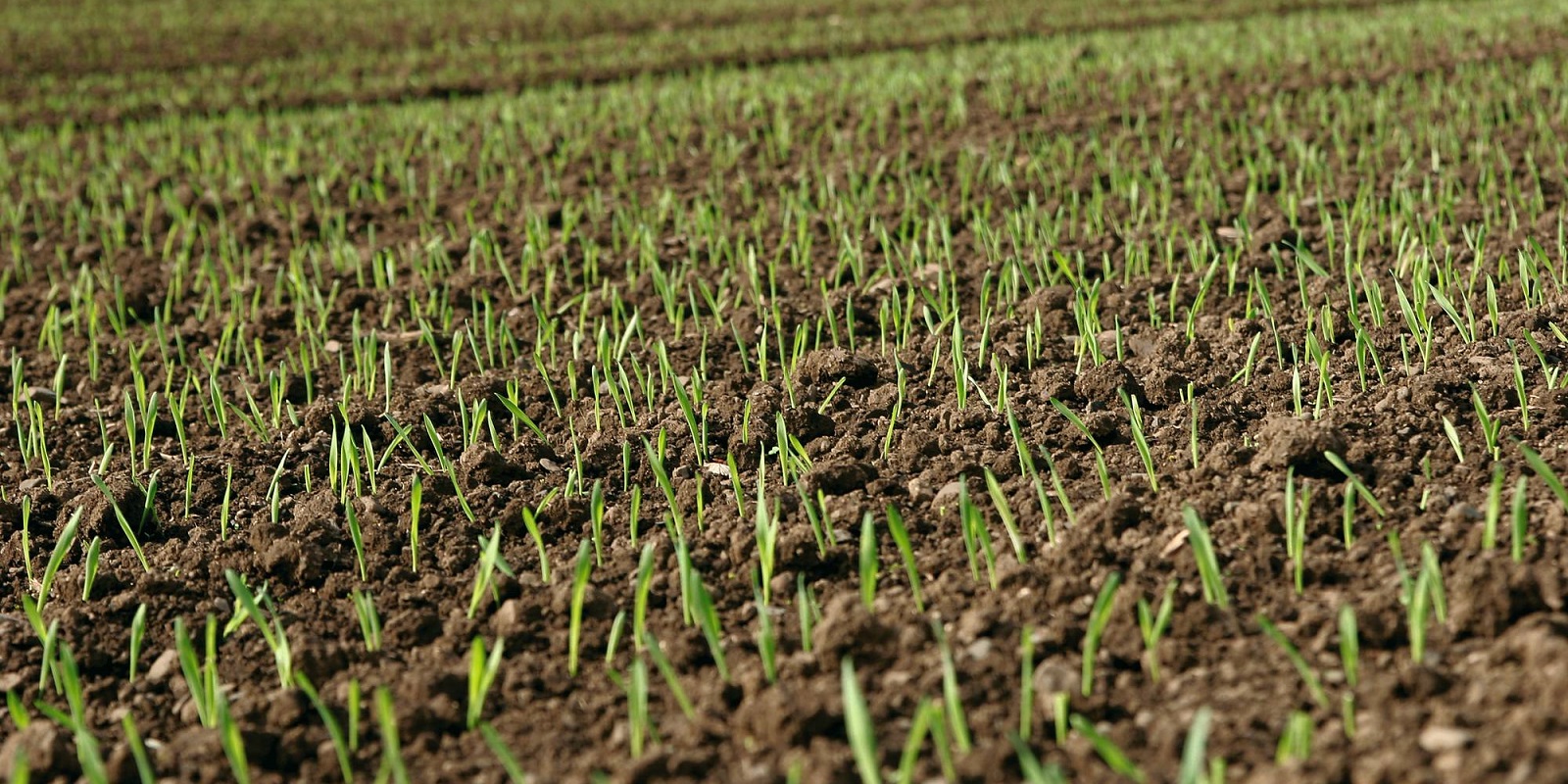Ryegrass has consistently been a problem at Littlehales Farm, according to Arable Manager David Pugh. “I’ve been responsible for the arable operation for 13 years. At first, we relied on post-em chemistry, Axial and Pacifica. But about eight years ago it was clear we had resistance. One plant would be yellow and dying, but next to it there would be a completely healthy ryegrass plant.”

David Pugh, Arable Manager, Littlehales Farm, Shropshire
“If I’m honest, at first we mismanaged it a little, carrying on the same way and waiting for the next ‘silver bullet’. But six years ago, we got more serious and started using more cultural controls and stacking effective pre-em chemistry.”
Despite two relatively difficult seasons for weed control, Mr Pugh has managed to stay on top of the problem, keeping weed numbers steady rather than increasing.
A robust pre-em stack is a key part of the weed control programme. “Proclus + Liberator + Defy has been our pre-em for the last few seasons. Proclus is definitely adding to the control, it’s hard to put a number on but you can see it.”
Despite good performance from herbicides, Mr Pugh accepts that the days of the solution coming out of a can are gone. He uses herbicides as management tools alongside cultural techniques and changing cropping.
Littlehales Farm covers 1500 acres with a further 1600 acres contracted, all with predominantly medium soil. The farm mainly grows combinable crops with a small area rented out for root production. Italian ryegrass is the main problem weed, but there are occasional black-grass patches as well.
“We have very little black-grass, I believe that it mainly comes in on balers, if we see any plants, we rogue them immediately. The ryegrass problem isn’t terrible, some fields are rogueable, with a spattering of ryegrass, others have more of a problem but are still manageable. Headlands tend to be the main problem areas.”
When the farm first started to get serious about ryegrass control, Mr Pugh was a little bit frustrated about how much advice there was out there for black-grass but not for ryegrass.
“Most information was for black-grass control, but we needed to focus on ryegrass. Delayed drilling helps but not to the same degree.”
On farm, they typically cultivate after harvest using a Sumo Quatro before spraying off and then drilling with a low disturbance Horsch Serto. They use variable rate to target weed patches, typically the headlands with 20% more seed.
Cleaner fields are drilled first, starting in late September and continues until the second week of October. “By some standards this is not late-drilling, but we don’t want to lose crop competition. Too much bare earth gives weeds the opportunity to cause problems.”
“We move less soil each season, which definitely helps with weed control. But I don’t think that direct drilling would be right for us as things stand. Straw is taken off the farm and swapped for muck, plus we have our own chicken sheds which also provide manure which needs to be incorporated.”
Removing straw rather than chopping and spreading also causes some compaction that needs rectifying. During the process of moving and loading bales, contractors inevitably stray from tramlines.
Hand rogueing and topping also help him to keep on top of weeds. The field margins are topped in spring and before harvest to prevent weed seeds being dragged into the field by the combine and grain carts.
